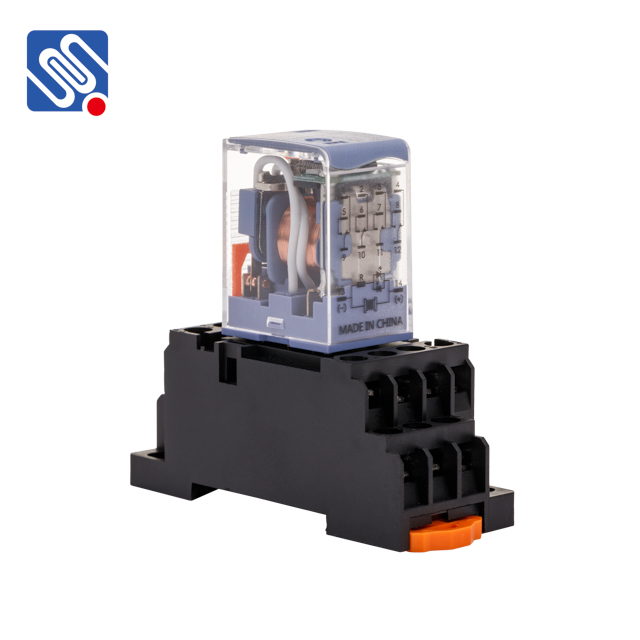understanding the 24vdc relay: a key component in electrical control systems
Release time:2025-10-22 12:19:30
The 24VDC relay is a crucial component in many electrical and electronic systems, offering a simple and efficient solution for controlling circuits and systems. Relays, in general, are used to switch electrical circuits on and off, and the 24VDC relay, in particular, is designed to operate at a 24V direct current (DC) voltage. This article aims to explore the 24VDC relay, its features, applications, and benefits, providing a comprehensive understanding of this important device.

What is a 24VDC Relay?
A relay is an electrically operated switch that uses an electromagnet to control the opening and closing of a circuit. In a 24VDC relay, the control voltage is 24V DC, which is a commonly used low-voltage standard for many industrial and automotive applications. When current flows through the coil of the relay, it generates a magnetic field that moves a set of contacts, opening or closing the circuit connected to it.
There are two main types of contacts found in relays: Normally Open (NO) and Normally Closed (NC). In the NO configuration, the contacts are open when the relay is not energized and close when the relay is energized, allowing current to flow. In the NC configuration, the contacts are closed when the relay is not energized and open when the relay is energized, cutting off the current. Some relays also feature changeover or SPDT (Single Pole Double Throw) contacts that allow for more versatile switching options.

